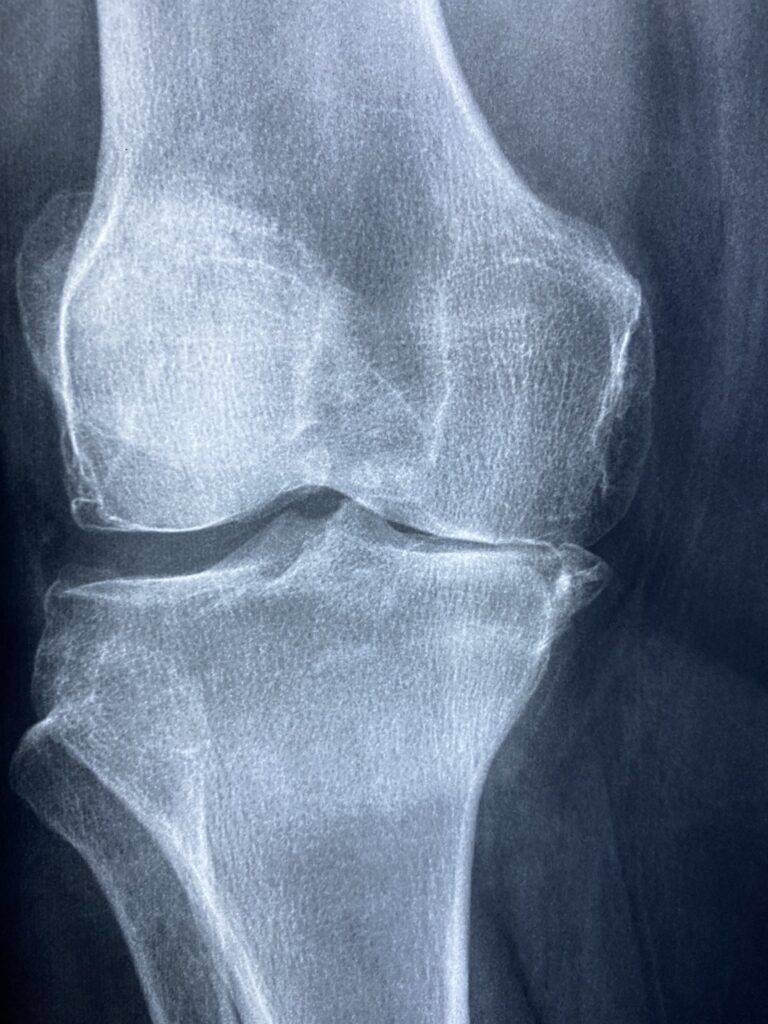1. Introduction to Stroke: A stroke, also known as a cerebrovascular accident (CVA), occurs when there is an interruption of blood flow to the brain, resulting in damage to brain cells due to lack of oxygen and nutrients. Strokes can lead to a range of neurological deficits and can have serious, life-altering consequences.
2. Types of Stroke:
- Ischemic Stroke: Caused by a blockage or clot in a blood vessel supplying the brain.
- Hemorrhagic Stroke: Caused by the rupture of a blood vessel in the brain, leading to bleeding into the brain tissue.
- Transient Ischemic Attack (TIA): Often referred to as a “mini-stroke,” TIAs are temporary episodes of neurological dysfunction caused by a temporary decrease in blood flow to the brain. TIAs typically resolve within 24 hours but are warning signs of an increased risk of a full-blown stroke.
3. Symptoms of Stroke:
- Sudden numbness or weakness in the face, arm, or leg, especially on one side of the body
- Sudden confusion, trouble speaking, or difficulty understanding speech
- Sudden trouble seeing in one or both eyes
- Sudden trouble walking, dizziness, loss of balance, or coordination
- Sudden severe headache with no known cause
4. Causes of Stroke:
- Ischemic Stroke: Caused by atherosclerosis (buildup of plaque) in the arteries supplying the brain, leading to blockage or narrowing of blood vessels.
- Hemorrhagic Stroke: Caused by conditions that weaken blood vessel walls, such as hypertension (high blood pressure), aneurysms, or arteriovenous malformations (AVMs).
- Other Risk Factors: Risk factors for stroke include hypertension, diabetes, high cholesterol, smoking, obesity, physical inactivity, excessive alcohol consumption, and a family history of stroke.
5. Risk Factors for Stroke:
- Age: The risk of stroke increases with age, with older adults being at higher risk.
- Gender: Men have a slightly higher risk of stroke than women, but women are more likely to die from stroke.
- Race/Ethnicity: Certain racial and ethnic groups, including African Americans, Hispanics, and Native Americans, have a higher risk of stroke.
- Family History: Having a family history of stroke or TIAs increases the risk of stroke.
- Lifestyle Factors: Unhealthy lifestyle habits such as smoking, excessive alcohol consumption, poor diet, and physical inactivity increase the risk of stroke.
6. Diagnosis of Stroke:
- Physical Examination: A healthcare provider will perform a neurological examination to assess symptoms and signs of stroke.
- Imaging Tests: Imaging studies such as computed tomography (CT) scans and magnetic resonance imaging (MRI) scans can help identify the type, location, and extent of brain damage caused by a stroke.
- Blood Tests: Blood tests may be performed to evaluate blood glucose levels, cholesterol levels, and other factors that may contribute to stroke risk.
7. Treatment of Stroke:
- Ischemic Stroke: Treatment may include thrombolytic therapy (clot-busting drugs) or mechanical thrombectomy (removal of the clot using a catheter-based procedure) to restore blood flow to the brain.
- Hemorrhagic Stroke: Treatment may involve surgical intervention to repair the ruptured blood vessel or relieve pressure on the brain caused by bleeding.
- Rehabilitation: Stroke rehabilitation programs may include physical therapy, occupational therapy, speech therapy, and other interventions to help survivors regain lost function and improve quality of life.
8. Prevention of Stroke:
- Lifestyle Modifications: Adopting a healthy lifestyle, including regular exercise, maintaining a healthy weight, eating a balanced diet low in saturated fats and cholesterol, quitting smoking, and limiting alcohol consumption, can help reduce the risk of stroke.
- Management of Risk Factors: Controlling hypertension, diabetes, high cholesterol, and other medical conditions can lower the risk of stroke.
- Medications: Medications such as anticoagulants (blood thinners), antiplatelet agents, antihypertensive drugs, and statins may be prescribed to manage stroke risk factors and prevent recurrent strokes.
- Education and Awareness: Educating individuals about the warning signs of stroke, encouraging early recognition and treatment, and promoting community awareness campaigns can help reduce the burden of stroke.
9. Conclusion: Stroke is a medical emergency that requires prompt recognition and intervention to minimize brain damage and improve outcomes. Understanding the risk factors, symptoms, diagnosis, treatment options, and prevention strategies for stroke is crucial for reducing the incidence and impact of this debilitating condition on individuals and society. By adopting a proactive approach to stroke prevention and management, individuals can take control of their health and reduce their risk of stroke-related complications.




